Jesus was praying in a certain place, and when he had finished, one of his disciples said to him, “Lord, teach us to pray just as John taught his disciples.” Luke 11:1
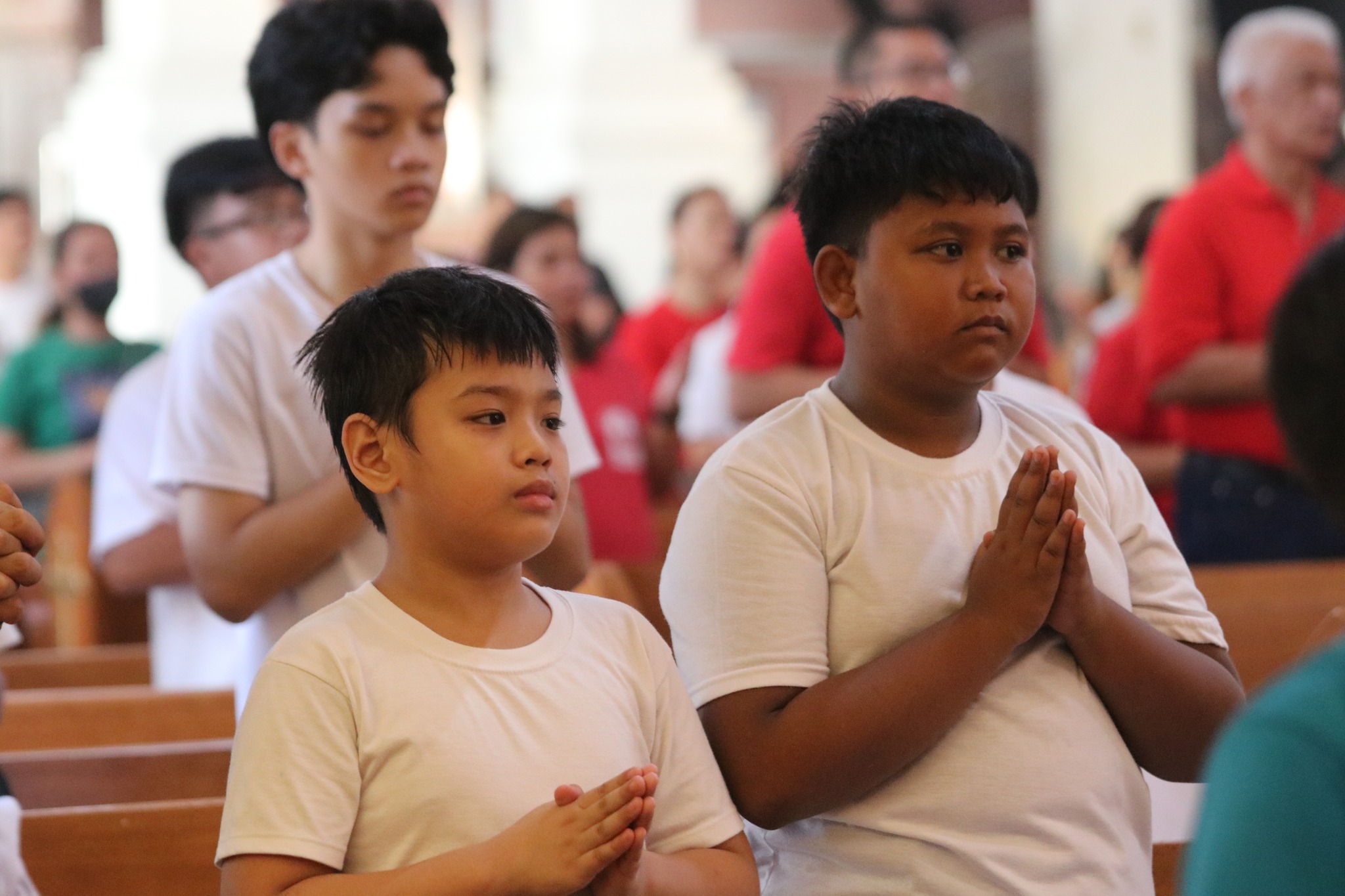

Jesus was praying in a certain place, and when he had finished, one of his disciples said to him, “Lord, teach us to pray just as John taught his disciples.” Luke 11:1

Professor Mario Polia, an anthropologist, historian of religions, and a profound connoisseur of Andean cultures, recently published a collection of oral histories gathered by Father Mario Lanciotti, a Xaverian missionary active in Brazil in the 1960s and a former missionary in China and Japan. This now sheds new light on missionary testimony among the peoples of the Amazon.

The University of Saint Joseph (USJ) launched a new Bachelor of Biology and Biotechnology degree programme. Applications are now open for the 2025/2026 academic year.
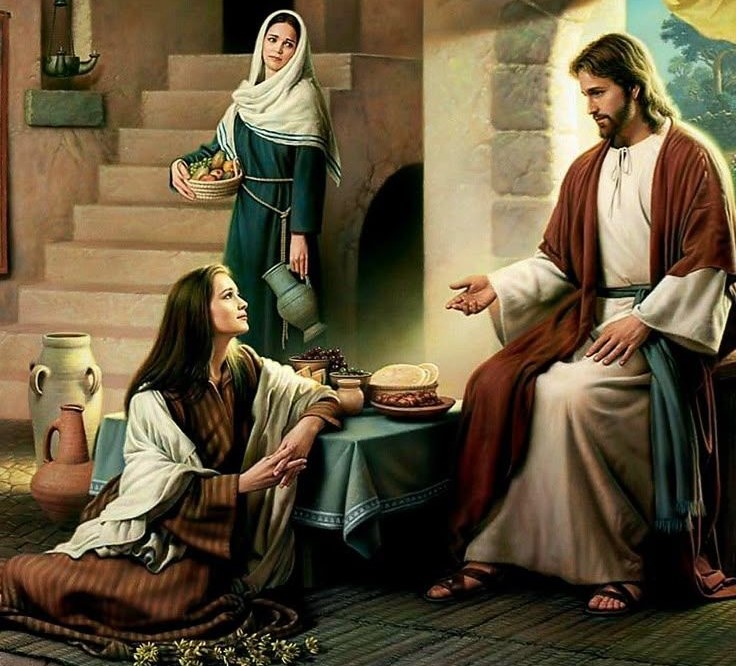
Jesus entered a village where a woman whose name was Martha welcomed him. She had a sister named Mary who sat beside the Lord at his feet listening to him speak. Luke 10:38–39
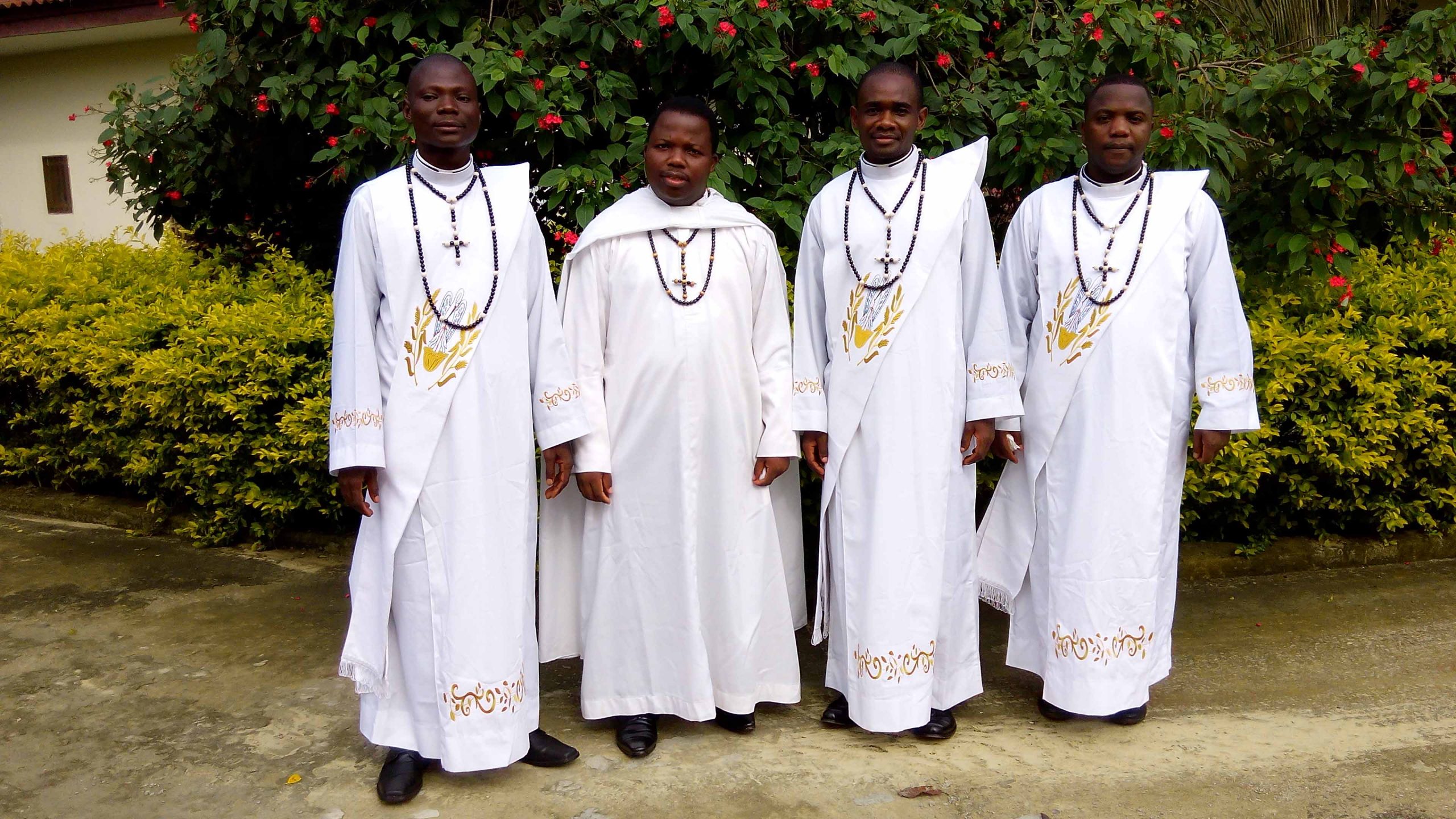
It was only in 1895 that the first missionaries from the African Mission Society (SMA) arrived in Ivory Coast. In other words, the Catholic Church, as an organized entity (let’s not forget the first attempts at evangelization carried out by priests who sailed on Portuguese caravels, from the 14th century onward) is relatively young there. Thus, Ivory Coast is still a “mission land,” with an entire hierarchy made up of bishops originating from that country’s diocesan clergy. But, as Bishop Marcelin Yao Kouadio of Daloa and president of the Episcopal Conference of Ivory Coast told the news agency Fides, “we are always open-armed and ready to welcome foreign missionaries from religious congregations (especially women) and institutes of apostolic life.”
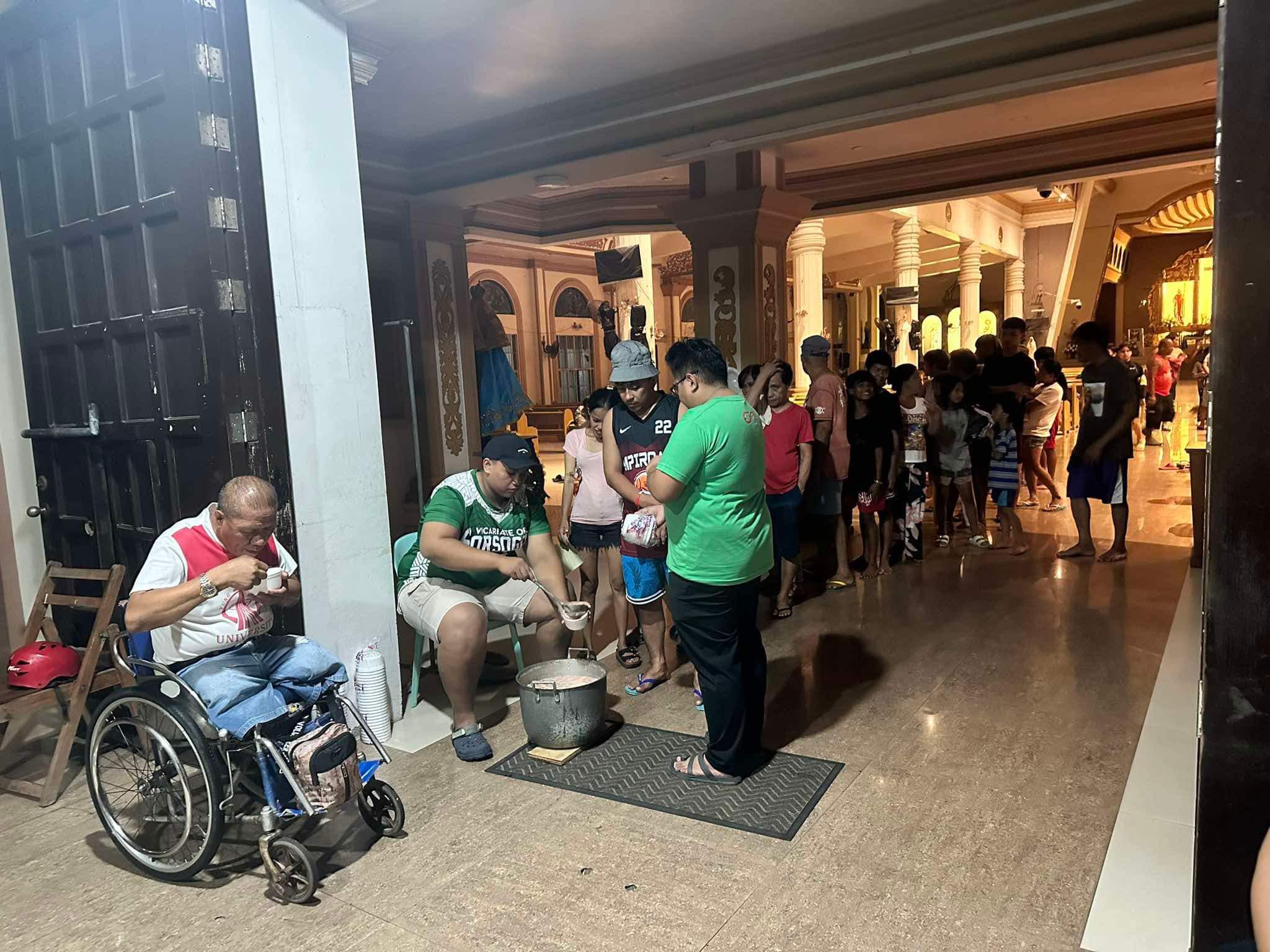
There are four main characters in today’s Gospel parable: the victim of robbers, the priest, the Levite and the Samaritan. The priest (Hebrew Kohanim) is a direct male-line descendant of Aaron, brother of Moses, who was appointed as the first high priest. The Kohanim were the only ones who could perform sacrificial rituals in the Temple, offer incense and maintain the Menorah (the seven-branched golden lampstand inside the Tabernacle and later, in the Temple). Because of their special functions, they wore distinctive garments and avoided contact with dead bodies which would render them impure. Levites were male descendants of Levi, one of the twelve sons of Jacob (whom God renamed Israel). The Levites were not Kohanim but were given tasks to assist in the Temple in various supporting roles. For example, they served as musicians, gatekeepers, and temple officials. Even if they were not Kohanim, the Levites were also considered “holy” and set apart for God’s service.
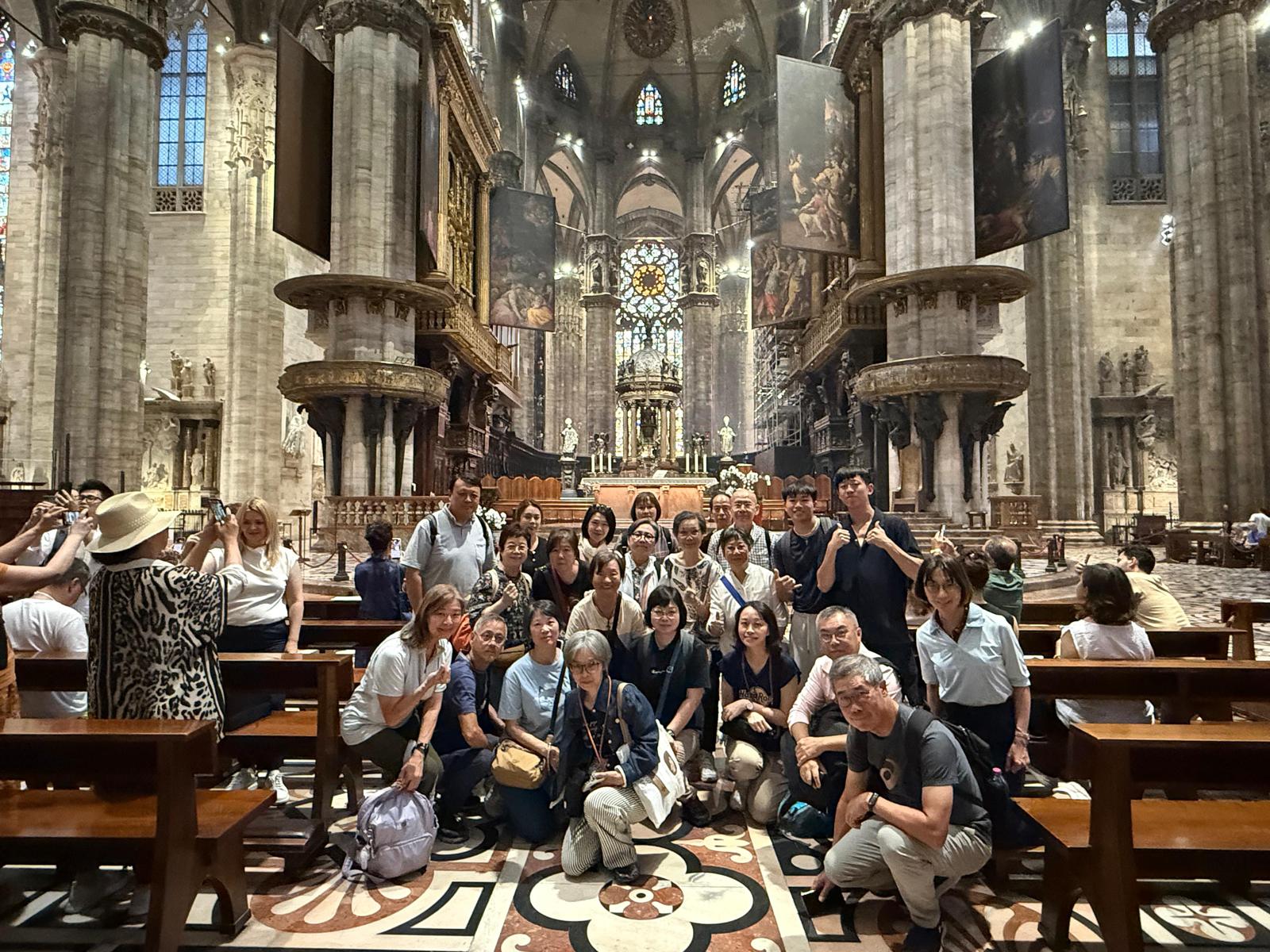
António, Ltd, a travel agency that focuses on arranging pilgrimages, is set to organize a second religious expedition to Italy in early August. Last month, the company successfully took a group of 24 pilgrims from Macau and the adjacent Catholic Diocese of Hong Kong to Rome and the Vatican.
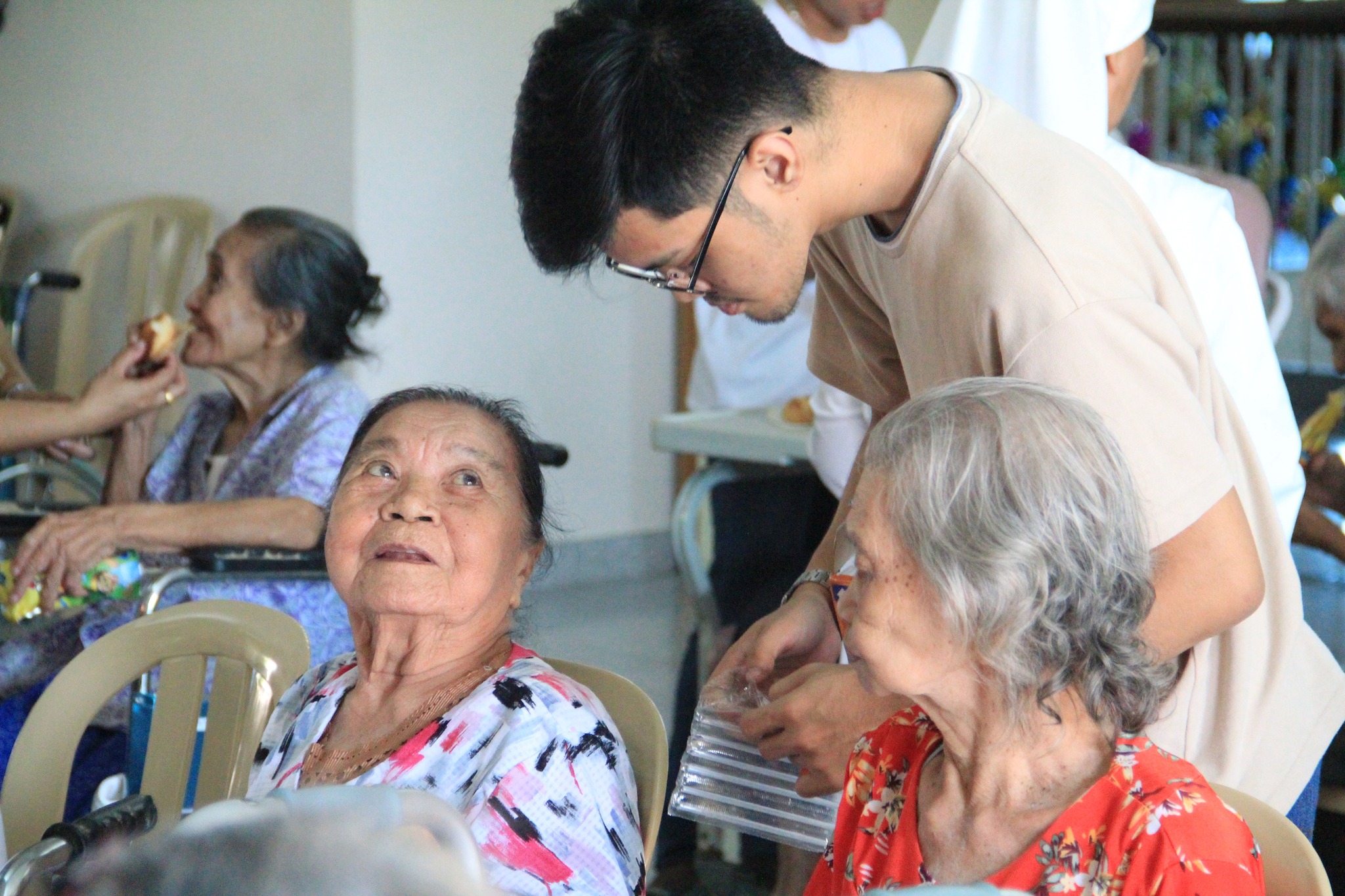
In the latter part of June, Macau’s Diocesan Youth Commission organized visits for two groups of local young people to nursing homes operated by Caritas Macau. The experiences aimed to foster intergenerational dialogue and enhance respect for the elderly.
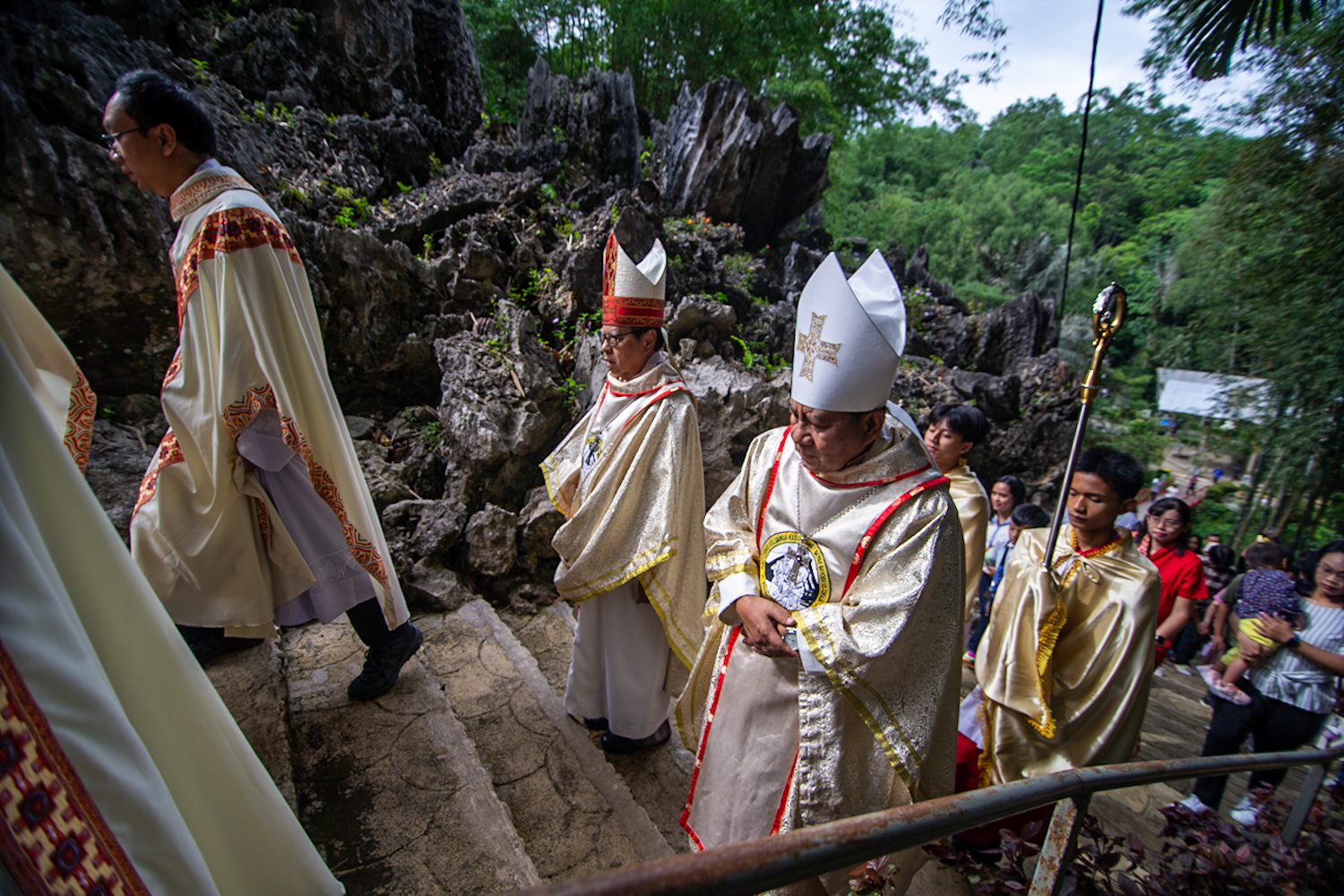
They walk together with the Muslim population along the “paths of dialogue and mercy”. As Catholics, they live in an area of Indonesia where they make up a tiny fringe of society. But this fact does not discourage or frighten them.

Biscuits, rice, vegetable oil, different types of noodles and canned goods. For the fourth consecutive year, Sands China has teamed up with Caritas to fight hunger and food insecurity in Macau. The tourism and leisure enterprise offered the Catholic relief and development agency a total of three thousand food hampers, containing 16 different food items.